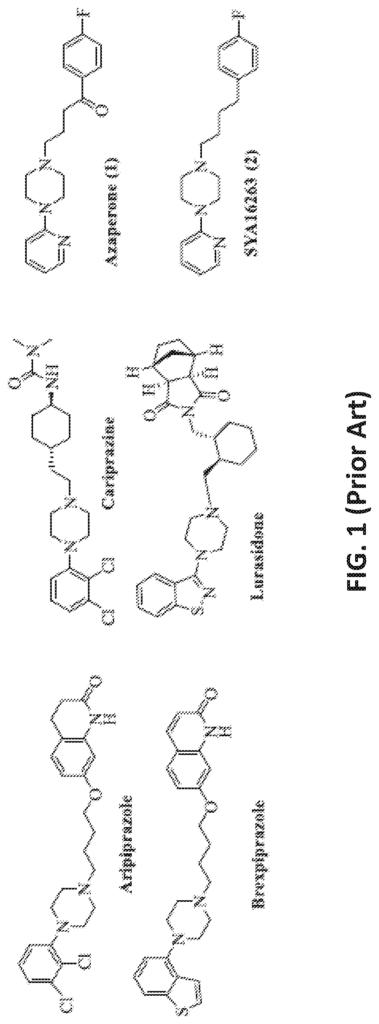Breakthrough Dual-Action Receptor Therapy
Introduction
In the field of neuropharmacology, the development of selective ligands targeting both 5-HT1A and 5-HT7 receptors is nothing short of transformative. These dual-action receptor ligands are carefully engineered to offer a new approach in managing challenging neurological and psychological conditions, such as depression, anxiety, and other mood disorders. By focusing on both receptors simultaneously, this technology represents a critical step forward in delivering more precise, targeted therapies with fewer side effects than conventional treatments.
5-HT1A and 5-HT7 receptors play significant roles in the regulation of mood, cognition, and neural plasticity. While existing treatments often aim at one receptor or require multiple medications to achieve a broad effect, this dual-action therapy simplifies the approach. Acting on these two receptors concurrently enables a synergistic effect that can elevate therapeutic outcomes, potentially enhancing mood regulation, reducing cognitive impairments, and providing relief from both acute and chronic symptoms.
For companies looking to lead in the psychopharmacology market, this technology offers a unique proposition. By licensing this dual-ligand synthesis method, your organization can introduce a groundbreaking treatment option that sets a new standard in neurological and psychiatric care. Moreover, these dual ligands can be explored in novel delivery systems, creating opportunities for sustained-release options or even personalized medicine approaches tailored to individual patient needs.
The path to more effective, tolerable treatments for neurological conditions is clearer than ever with this innovation. Licensing this technology not only aligns your brand with the cutting edge of neuroscience but also establishes a foundation for long-term success in delivering impactful therapies for millions in need.

- Abstract
- Claims
What is claimed is:
8. A composition for treating a neurological disorder comprising:
15. A method of treating a neurological disorder in a patient in need thereof comprising:
administering a therapeutically effective amount of a composition to a patient in need thereof, the composition comprising
Share
Title
And synthesis of dual 5-HT1A and 5-HT7 receptor ligands
Inventor(s)
Seth Y. Ablordeppey
Assignee(s)
Florida Agricultural and Mechanical University FAMU
Patent #
12006301
Patent Date
June 11, 2024






